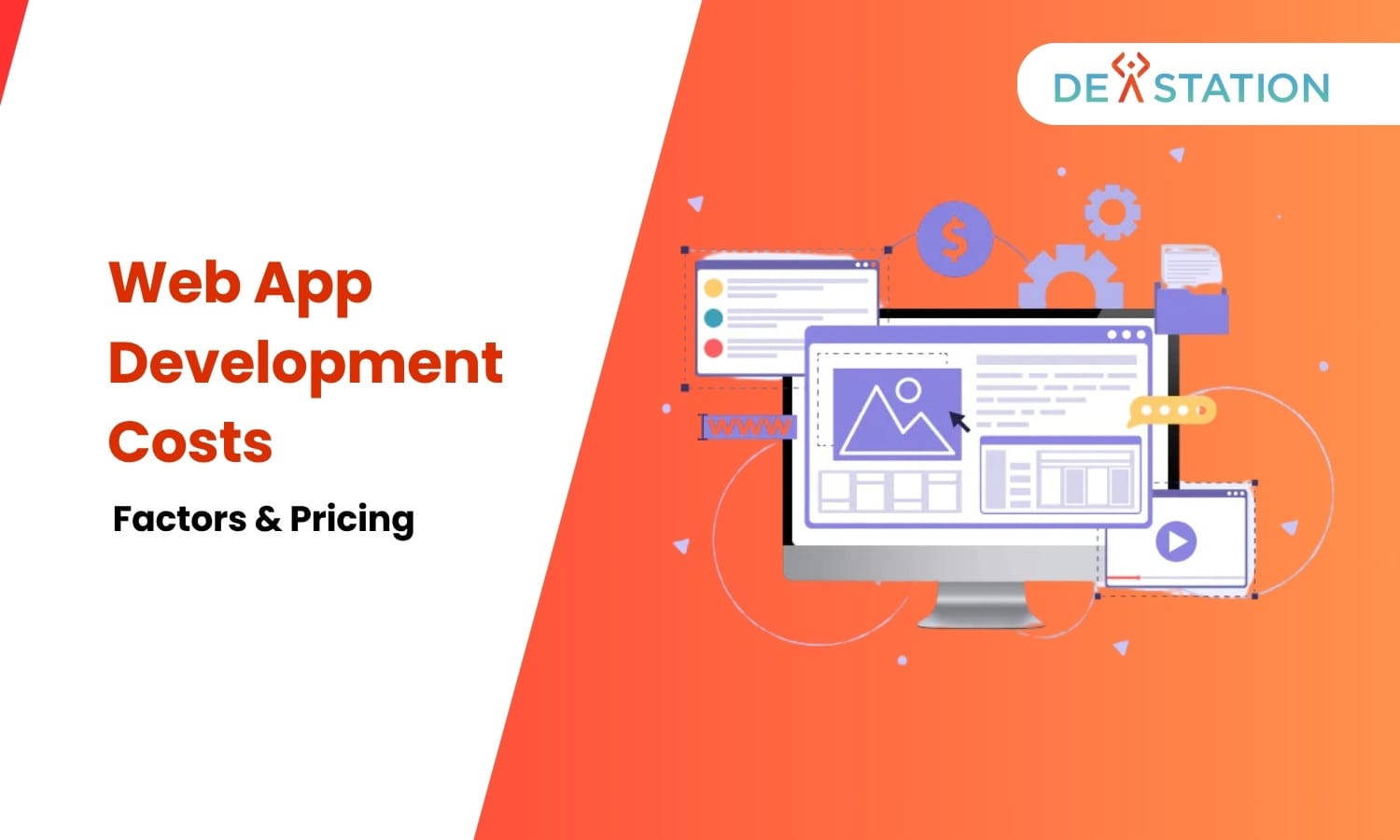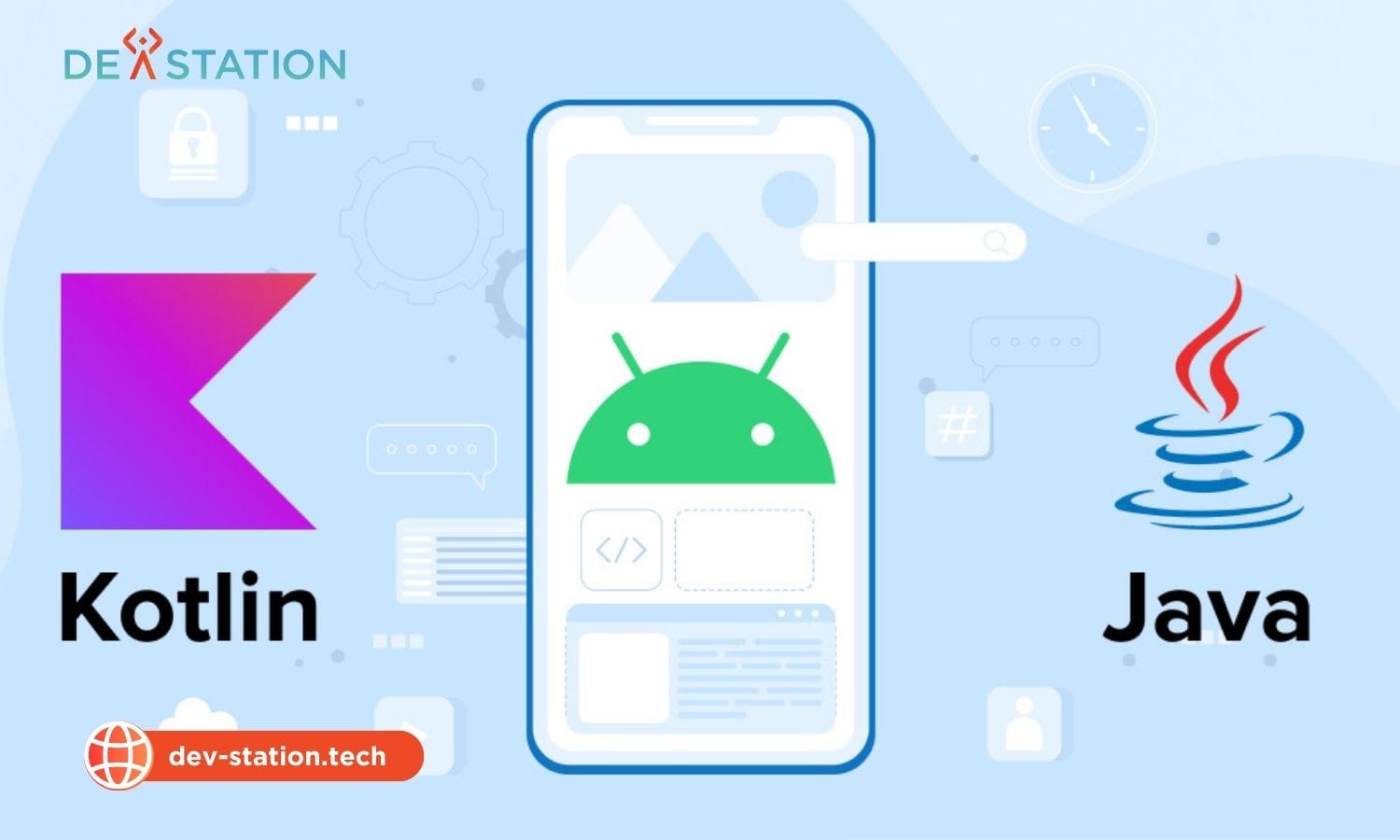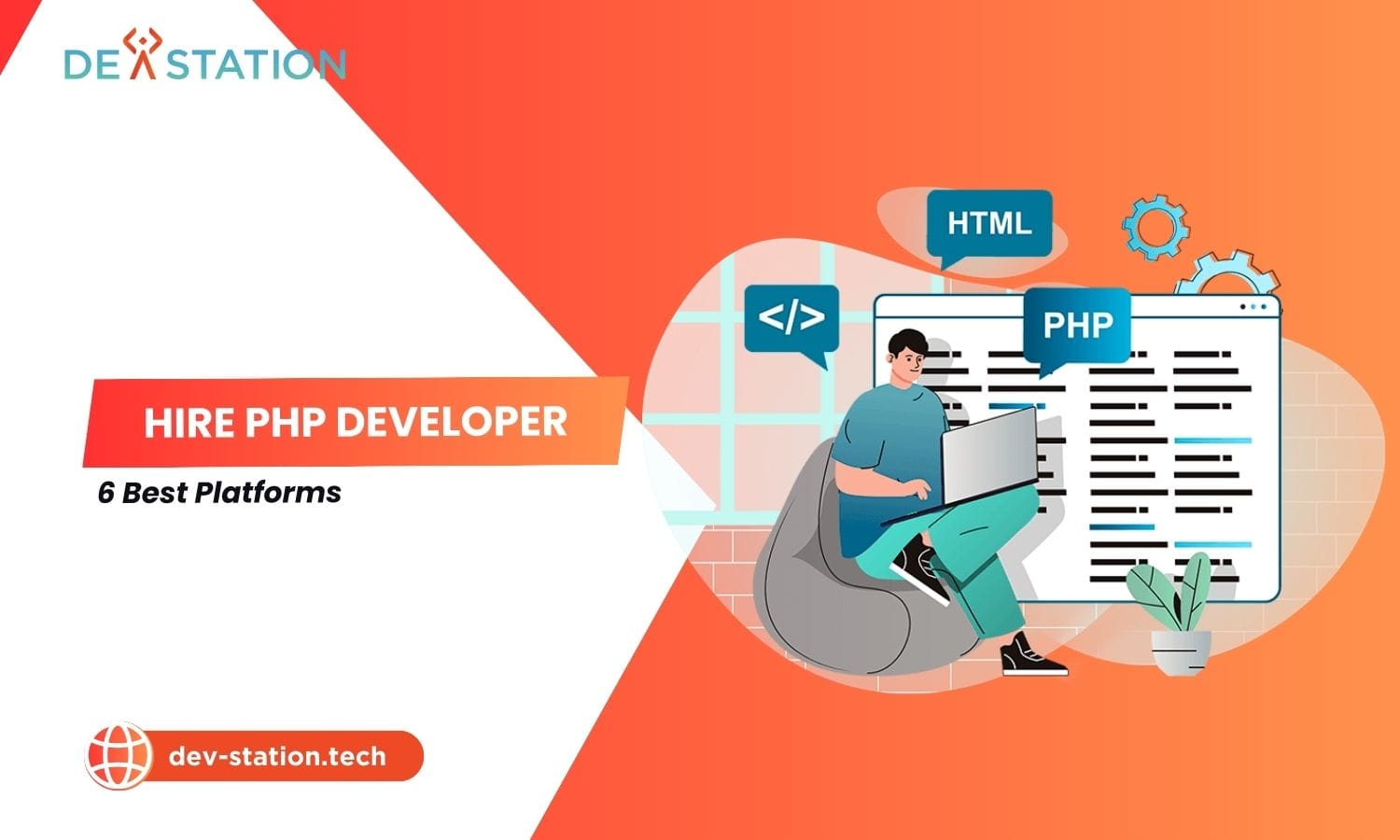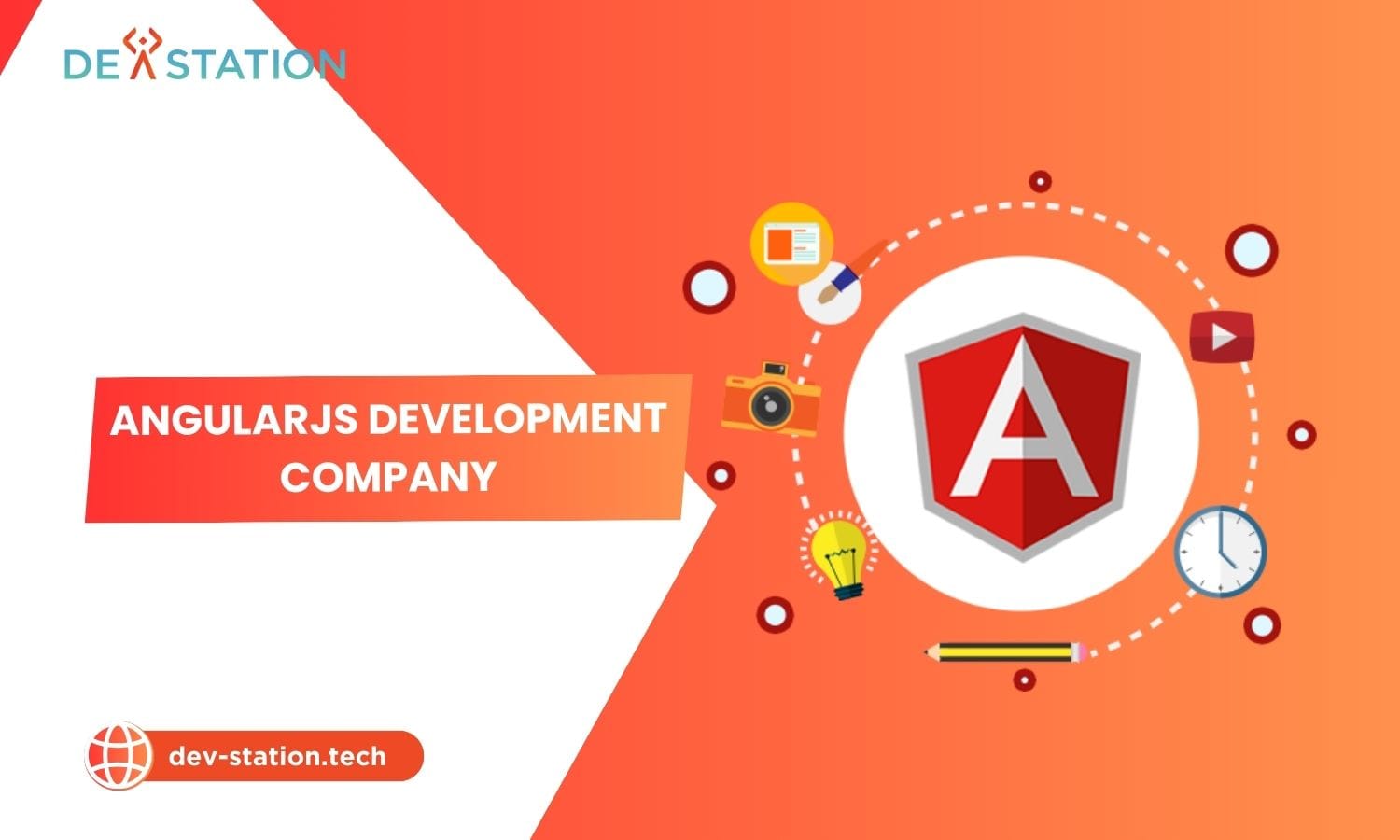Building custom software solutions requires careful financial planning. The global market for these tools is projected to reach $10.149 billion by 2027, reflecting their growing role in business operations. Whether launching a new product or upgrading existing systems, understanding investment variables helps organizations allocate resources effectively.
Initial budgets for basic solutions often start between $20,000 and $50,000. However, advanced features like real-time analytics or AI integrations can push expenses beyond $100,000. Timelines also play a critical role—most projects take 3-6 months, while complex builds may extend further.
Multiple elements influence pricing. Technical specifications, regulatory standards, and post-launch maintenance all contribute to the final figure. Teams must balance functionality with budget constraints to deliver sustainable results. This strategic approach ensures solutions remain competitive in markets where user experience often dictates success.
Contents
ToggleKey Takeaways
- Market growth projections highlight the rising importance of tailored software solutions
- Basic projects typically require 3-6 months and budgets starting at $20,000
- Advanced functionalities can increase expenses by 300-500% compared to simpler builds
- Ongoing maintenance and compliance requirements impact long-term budgets
- Strategic planning aligns technical needs with financial realities
Industry Trends and the Growing Demand for Web Apps
The shift from basic websites to complex digital platforms marks a critical evolution in how organizations operate. Services like Google Docs and Amazon illustrate this transformation—these aren’t simple pages but interactive systems handling real-time data and user interactions. Over 70% of enterprises now prioritize such tools to maintain relevance in crowded markets.
Competitive pressures drive this change. Companies recognize that static websites no longer meet customer expectations for personalized experiences. Even founders without technical backgrounds invest in advanced solutions to secure market positions. A recent survey found that businesses using dynamic platforms see 3x higher user retention compared to those relying on basic sites.
| Features | Traditional Websites | Modern Web Apps |
|---|---|---|
| Interactivity | Limited forms | Real-time collaboration |
| Data Processing | Basic queries | AI-driven analytics |
| User Engagement | Passive browsing | Personalized workflows |
| Updates | Manual changes | Automated scaling |
Three sectors lead this adoption: retail, education, and healthcare. Retailers using custom platforms report 40% faster checkout processes, while schools utilizing interactive tools achieve 25% better student outcomes. As cloud infrastructure becomes more accessible, even small firms deploy tailored solutions previously reserved for large corporations.
Strategic investments in these technologies now determine long-term success. Organizations that delay modernization risk losing ground to agile competitors delivering seamless digital experiences.
Understanding Web App Development Costs
No two projects share identical financial requirements due to unique technical demands. Custom digital solutions range from $20,000 for basic interfaces to $300,000+ for enterprise-grade platforms. This variance stems from three core elements: feature depth, timeline constraints, and integration needs.
Feature complexity acts as the primary cost multiplier. Simple contact forms or login systems require minimal investment compared to AI-driven analytics or real-time collaboration tools. For example, adding payment gateways increases budgets by 15-25%, while machine learning integrations often double initial estimates.
Timelines directly affect resource allocation. A 3-month project with a 5-person team costs 40% less than a 9-month engagement. However, rushed deadlines may lead to higher hourly rates or overtime fees. Balancing speed with quality remains critical.
Professional estimation processes uncover hidden expenses early. Teams analyze:
- Third-party API compatibility
- Data security protocols
- Scalability requirements
Transparent communication during planning prevents 67% of budget overruns. Regular check-ins align expectations as specifications evolve. This approach helps organizations allocate funds strategically while maintaining competitive functionality.
Key Factors Influencing Web App Pricing
Creating impactful digital solutions demands balancing multiple financial variables. Seven core elements typically dictate final budgets, from technical specifications to compliance mandates. Understanding these variables helps businesses optimize investments while maintaining competitive functionality.
Feature depth remains the primary cost driver. Basic interfaces with standard tools require fewer resources than platforms needing AI integrations or real-time data processing. For instance, adding biometric authentication increases budgets by 30-40% compared to traditional login systems.
| Factor | Impact Level | Cost Influence |
|---|---|---|
| Feature Depth | High | +25-200% |
| Compliance Needs | Medium-High | +15-50% |
| Third-Party Integrations | Medium | +10-35% |
| Team Location | Variable | ±20-60% |
Regulatory requirements add layers of complexity. Healthcare platforms needing HIPAA compliance or fintech tools requiring PCI-DSS certifications often see 20% higher initial expenses. These standards demand specialized testing and security protocols.
Geographic team distribution creates significant price variations. North American developers typically charge $100-$150 hourly, while Eastern European teams offer similar expertise at $40-$80 rates. However, time zone alignment and communication fluency affect collaboration efficiency.
Accelerated timelines frequently inflate budgets. Projects requiring delivery in 2 months instead of 4 may incur 15-30% rush fees due to overtime payments or additional hires. Strategic planning phases mitigate these risks by aligning expectations early.
Application Complexity and Feature Requirements
The blueprint of digital tools determines both their capabilities and financial demands. Simple interfaces with core functions often serve as starting points, while specialized operations demand intricate architectures. Striking this balance requires understanding how feature depth and scalability shape budgets.
Simple vs Complex Features
Basic elements like user registration or static content displays require minimal resources. These foundational components typically account for 15-20% of initial budgets. However, interactive dashboards or real-time collaboration tools multiply expenses due to advanced coding and testing needs.
| Feature Type | Development Time | Cost Impact |
|---|---|---|
| Basic User Registration | 10-15 hours | $1,200-$1,800 |
| Payment Gateway Integration | 50-70 hours | $6,000-$8,400 |
| AI-Powered Recommendations | 120+ hours | $14,400+ |
eCommerce platforms exemplify high-complexity projects. They require interconnected systems for inventory tracking, tax calculations, and shipment logistics. Each added layer increases coordination between developers and third-party services.
Scalability and Customization Impact
Architecting solutions for future growth adds 20-35% to initial investments. Custom user permissions or multi-language support demand flexible frameworks that adapt to evolving needs. Unique functionality—like proprietary algorithms—often requires building from scratch rather than using pre-built modules.
Prioritizing core features first helps manage budgets effectively. Teams can deploy essential operations quickly while planning phased upgrades. This approach balances immediate functionality with long-term adaptability.
Founder’s Vision: Ideation and Its Impact on Costs
A founder’s initial concept acts as the financial blueprint for digital projects. Clear objectives reduce discovery phases by 30-40%, according to industry studies. Teams spend fewer hours revising features when leaders articulate precise goals early.
Ambiguous ideas often lead to budget inflation. For example, a gaming platform with basic mechanics might cost $50,000. Adding in-app purchases and multiplayer functionality could triple expenses. Prioritizing core features first creates manageable milestones while controlling spending.
Three elements determine financial outcomes during ideation:
- Market alignment: Solutions addressing proven needs require fewer costly pivots
- Technical feasibility: Realistic feature sets prevent over-engineering
- Scalability planning: Architecting for growth avoids expensive rebuilds later
Consulting experts during concept refinement prevents 62% of mid-project changes. Professionals help identify unnecessary complexities and suggest cost-effective alternatives. This collaborative approach balances innovation with fiscal responsibility.
Early viability assessments prove critical. Analyzing competitor landscapes and user demand patterns helps founders avoid investing in redundant or unsustainable ideas. Data-driven decisions during planning phases create leaner, more impactful solutions.
Regulatory and Compliance Considerations
Navigating regulatory landscapes becomes critical when building solutions for tightly controlled sectors. Healthcare and financial platforms face strict oversight, requiring specialized design approaches. Failure to meet these standards risks legal penalties and operational shutdowns.

Healthcare platforms must adhere to HIPAA rules for patient data protection. Integration with EHR systems and FDA clearance processes add 20-40% to initial budgets. These projects demand rigorous documentation and audit trails, extending timelines by 2-4 months.
Financial tools encounter equally complex requirements. Anti-money laundering (AML) protocols and GDPR standards vary across jurisdictions. A payment platform operating in three countries might need 15+ compliance certifications, each requiring separate testing phases.
Three factors amplify financial impacts:
- Expertise costs: Developers with regulatory experience charge 30-50% higher rates
- Security infrastructure: Encrypted databases and access controls increase setup expenses
- Ongoing updates: 60% of regulated platforms require annual compliance modifications
Regulatory shifts force continuous adaptation. A 2023 study showed 43% of health platforms needed urgent updates after new privacy laws passed. Partnering with teams versed in sector-specific rules prevents redesigns that could double project expenses.
Technical Architecture: Tech Stack and Integration
Architectural decisions form the backbone of digital tools, directly affecting performance and long-term adaptability. Selecting appropriate technologies requires balancing current needs with future growth potential. Open-source frameworks often reduce initial expenses but may demand specialized expertise.
Choosing the Right Tech Stack
Frontend tools like JavaScript remain popular for creating responsive interfaces without licensing fees. Backend options vary—Python offers rapid prototyping, while Scala suits high-traffic systems. Database choices impact scalability: MongoDB handles unstructured data efficiently, whereas MySQL ensures transactional reliability.
| Component | Options | Cost Impact |
|---|---|---|
| Frontend | JavaScript | Low (Open-source) |
| Backend | Ruby/Python | Medium ($40-$80/hr) |
| Database | MongoDB/MySQL | ±15% long-term |
| Servers | Apache | Low maintenance |
Integration of Third-Party Services
Pre-built solutions for payments or analytics cut build times by 30-50%. However, compatibility issues arise when merging external APIs with custom frameworks. Well-documented services like Stripe or Twilio simplify implementation compared to niche tools.
| Service Type | Complexity | Time Savings |
|---|---|---|
| Payment Gateways | Medium | 40-60 hours |
| CRM Systems | High | 70-90 hours |
| Analytics Tools | Low | 15-25 hours |
Teams should evaluate API response times during planning. Slow integrations negate performance gains, requiring costly workarounds. Strategic partnerships with reliable providers prevent 45% of post-launch technical debt, according to 2023 DevOps reports.
The Discovery Phase: Planning and Prototyping Impact
Successful digital initiatives begin with strategic groundwork. Research shows 42% of startups fail because their product lacks market validation. This phase uncovers critical insights before coding starts, saving time and resources later.
Importance of Market and Competitor Analysis
Thorough market research identifies gaps competitors overlook. Teams analyze user behavior patterns and pricing models to position solutions effectively. One healthcare platform avoided $80,000 in redesign costs by discovering patient preference for voice commands during this stage.
Three elements define effective discovery:
- User-centric prototyping: Low-fidelity mockups test concepts with real audiences
- Technical feasibility checks: Experts assess integration challenges early
- Budget alignment: Feature prioritization matches financial constraints
Prototypes created during discovery reduce revision cycles by 55%. Teams gather actionable feedback through clickable wireframes rather than assumptions. This approach helped a retail tool cut launch timelines by 3 months while staying 18% under budget.
Clear technical specifications emerge from this phase, guiding developers and preventing miscommunication. Documented workflows ensure every team member understands data flows and security requirements from day one.
Design Phase: UI/UX and Usability Considerations
Crafting intuitive digital experiences begins with strategic design planning. This phase transforms abstract ideas into visual frameworks that guide technical execution while shaping user interactions. Teams balance aesthetic appeal with functional efficiency to create solutions people enjoy using.

Prototyping and User Testing
High-fidelity prototypes serve as interactive blueprints. These detailed models allow teams to simulate workflows before writing code. Early testing with real audiences reveals navigation pain points and interface gaps—issues that cost 6x more to fix post-launch.
| Design Element | Development Impact | User Impact |
|---|---|---|
| Mind Mapping | Reduces revisions by 35% | Improves task completion rates |
| Accessibility Checks | Adds 15-20 hours initially | Expands reach to 26% more users |
| UI Toolkits | Cuts future updates by 40% | Ensures visual consistency |
Accessibility standards aren’t just ethical—they’re strategic. Implementing screen reader compatibility and color contrast adjustments helps platforms meet ADA requirements while tapping into underserved markets. These modifications typically add 10-12% to design budgets but yield long-term returns through broader adoption.
Navigation architecture demands careful analysis. Overly complex menus confuse users, while simplistic structures limit functionality. The sweet spot? Three-click access to core features with progressive disclosure for advanced options. This approach maintains usability without sacrificing capability.
Development Phase: Frontend and Backend Strategies
Turning design concepts into functional systems demands synchronized technical execution. Frontend development focuses on user-facing elements, translating prototypes into responsive interfaces with CSS, HTML, and JavaScript. These technologies ensure visual consistency across devices while enabling interactive features like dynamic forms or real-time updates.
Backend systems operate behind the scenes, managing databases and application logic through languages like Python or Ruby. Secure API integrations and server configuration form the backbone of data workflows. A retail platform processing 10,000 daily transactions, for example, relies on optimized backend architecture to maintain performance during peak loads.
| Aspect | Frontend | Backend |
|---|---|---|
| Focus | User interaction | Data processing |
| Technologies | JavaScript frameworks | Python/Ruby |
| Output | Visual interfaces | Server operations |
Coordinating both teams prevents integration bottlenecks. Daily standups and shared documentation tools align progress across codebases. This collaboration ensures features like payment gateways function smoothly between interface elements and server-side calculations.
Investing in code reviews during this phase pays long-term dividends. Consistent formatting and modular structures simplify future upgrades. Automated testing scripts identify 80% of compatibility issues early, reducing post-launch fixes by 40% according to 2023 DevOps reports.
Team expertise directly influences timelines. Specialists in niche frameworks may command higher rates but deliver features 25% faster than generalists. Version control systems like Git track changes efficiently, creating reliable foundations for iterative improvements.
Testing, Deployment, and Quality Assurance
Final validation separates functional tools from flawed releases. Rigorous checks during this phase catch 83% of critical issues before launch, according to 2024 DevOps reports. Teams balance technical precision with user expectations to deliver reliable solutions.
Automated scripts streamline verification processes. These tools test 200+ scenarios in minutes, identifying conflicts between frontend interfaces and backend systems. One logistics platform reduced error rates by 68% after implementing continuous integration pipelines.
“Skipping performance audits is like opening a theme park without safety inspections. The risks always outweigh the time saved.”
| Testing Type | Coverage | Cost Impact |
|---|---|---|
| Unit | Individual components | Low (5-8% budget) |
| Integration | System interactions | Medium (12-18%) |
| Performance | User load handling | High (20-25%) |
| Security Audits | Vulnerability checks | Critical (15-30%) |
Deployment strategies influence long-term expenses. Cloud-based scaling adapts to traffic fluctuations, while on-premise setups require upfront hardware investments. A/B testing environments help teams compare configurations before full rollout.
User acceptance trials provide actionable insights. Real-world feedback often reveals navigation hurdles that internal teams overlook. Addressing these issues pre-launch prevents 40% of post-release support tickets.
Hidden Costs and Additional Business Expenses
Behind every successful digital solution lies a landscape of unanticipated expenses. Post-launch maintenance often consumes 15-25% of initial budgets annually. Teams frequently overlook expenses like compliance updates or server scaling during planning phases.
Third-party services introduce recurring fees. Payment gateways charge transaction percentages, while analytics tools require subscription plans. Cloud hosting costs surge during traffic spikes—a $200/month plan might jump to $1,200 during peak sales periods.
Regulatory shifts force unexpected upgrades. A 2024 survey found 38% of platforms needed urgent security patches after new data laws passed. These updates add $5,000-$20,000 yearly for mid-sized operations.
Scalability adjustments create hidden technical debt. Migrating databases or rewriting legacy code costs 3x more than building adaptable systems initially. Proactive architecture planning prevents 60% of these expenses.
Strategic budgeting accounts for these variables early. Allocating 10-15% of total funds for contingencies ensures solutions evolve without compromising functionality or financial stability.





